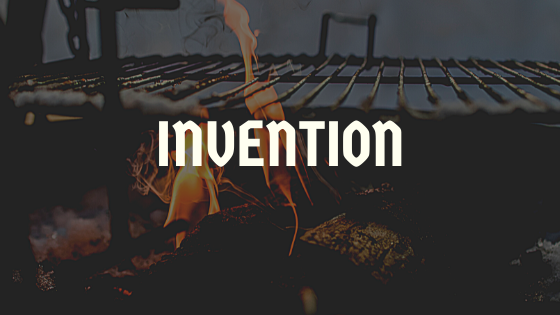Step One: Document your idea ASAP, preferably in an “Inventor’s Notebook”. Is recommended that inventors use a bound “composition notebook” that you can find at any office supply store. These bound notebooks typically have 100 sheets. Take a pen and number every page consecutively. Then use the notebook to jot down your ideas, sketches, etc. Put the date on the pages after you write / sketch your invention. Sign your name on the invention page(s). Then, along with your signature, write the word “Witness:” and have someone sign in that spot.
Step Two: Build and test your invention. This essentially establishes a date stamp that is critical if you and someone create the invention around the same time; all things being equal, the U.S. Patent Office will award the patent to the person who built and tested the invention first (called, in patent lingo, the person who first “reduced it to practice”) as explained by InventHelp on Instagram.

Biggest mistake of new inventors
Time is one of your biggest enemies. Sometimes the invention is the solution to a current problem. Waiting too long can minimize (or, worse yet, obsolete) the value or saleability of your invention.
Example: I own a George Foreman Grill, and love cooking with it. However, I hate to clean it. Back in 2003, I did a little research – and found that over 40 million George Foreman Grills have been sold. I assumed many other people also hated cleaning this nifty device. And I wanted to invent something that would quickly capture this market (before someone else thought of how to do it). So I did.
My U.S. Patent, entitled “Grill Cleaner and Method”, takes care of the problem. The summary of my patent reads: „A method of cleaning electric grills, including wetting a sheet of liquid-absorbing material, designed to match the wave contours of the top and bottom heating plates of a typical electric grill, and inserting wet material between the electric grill heating plates.” In essence, it’s a near-automatic way to clean the grill. Neat, huh?
Moral of the story: If you’re pretty sure you have a great idea, don’t procrastinate. Go for it. There are patenting agencies that provide help for new inventors you could contact if you need guidance.